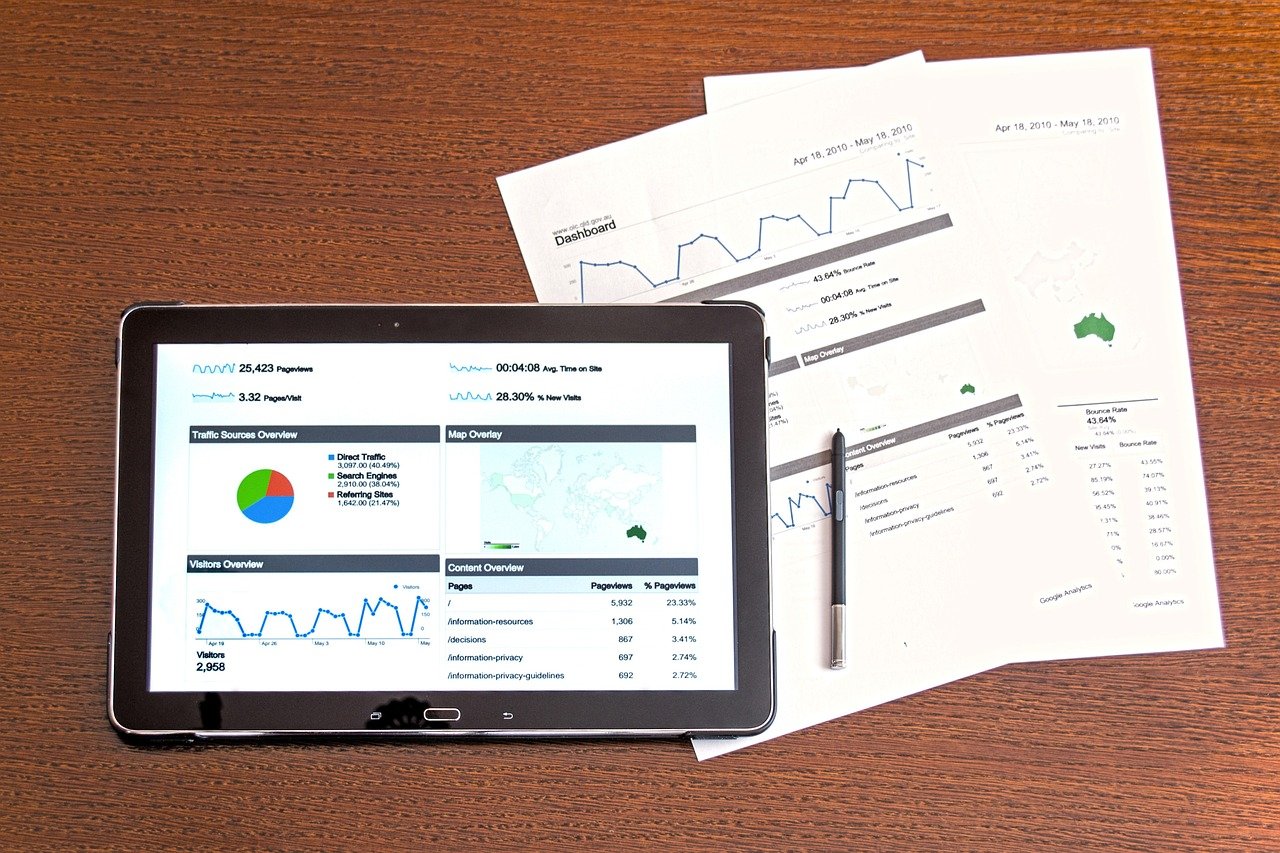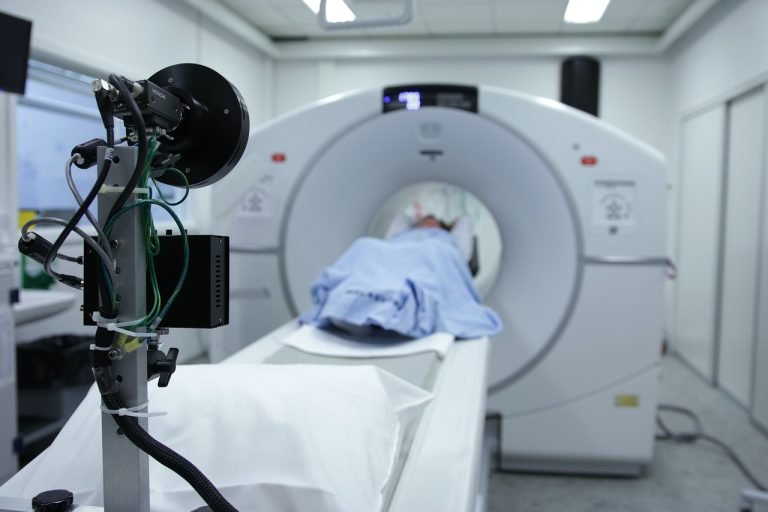Book Appointment Now

The Role of Real-World Data in Biostatistics
The integration of real-world data (RWD) into biostatistics is revolutionizing the field of clinical research. Real-world data refers to health-related information collected from a variety of sources outside traditional clinical trials, such as electronic health records (EHRs), claims and billing activities, product and disease registries, patient-generated data including in home-use settings, and data gathered from other sources that can inform on health status, such as mobile devices. The utilization of RWD in biostatistics has the potential to complement and enhance traditional clinical trial data, providing a more comprehensive understanding of treatment outcomes and patient experiences.
Understanding Real-World Data
Real-world data encompasses a wide range of data sources, including:
- Electronic Health Records (EHRs): EHRs provide detailed clinical information about patient diagnoses, treatments, and outcomes. This data can be used to track patient progress over time and identify patterns in healthcare delivery and outcomes.
- Claims and Billing Data: These data sources include information on healthcare utilization, costs, and insurance claims, providing insights into the economic aspects of healthcare and treatment patterns.
- Patient Registries: Registries collect data on specific diseases, conditions, or treatments, often including detailed patient demographics, clinical characteristics, and long-term outcomes.
- Patient-Generated Data: This includes data collected directly from patients, such as through wearable devices, mobile health apps, and patient surveys, offering real-time insights into patient behaviors and experiences.
- Social Media and Digital Platforms: Data from social media and other digital platforms can provide valuable information on patient perspectives, treatment experiences, and health-related behaviors.
Benefits of Integrating Real-World Data
The integration of RWD in biostatistics offers several key benefits:
- Enhanced Generalizability: Traditional clinical trials often have strict inclusion and exclusion criteria, which can limit the generalizability of the results. RWD includes a broader and more diverse patient population, enhancing the applicability of the findings to real-world settings.
- Longitudinal Data: RWD allows for the collection of long-term data on patient outcomes, providing insights into the long-term safety and efficacy of treatments that may not be captured in the relatively short duration of clinical trials.
- Real-Time Monitoring: Patient-generated data from wearable devices and mobile apps can provide real-time monitoring of health status and treatment effects, allowing for more timely and responsive healthcare interventions.
- Economic Insights: Claims and billing data can offer valuable information on the cost-effectiveness of treatments and the economic impact of healthcare interventions.
- Patient-Centric Research: RWD enables the incorporation of patient perspectives and experiences into clinical research, promoting more patient-centric approaches to healthcare and treatment development.
Challenges and Considerations
While the integration of RWD presents numerous opportunities, it also poses several challenges:
- Data Quality and Standardization: Ensuring the quality and consistency of RWD is essential for reliable statistical analyses. Variability in data sources, collection methods, and formats can complicate data integration and analysis.
- Privacy and Security: Protecting patient privacy and ensuring data security are critical when using RWD. Compliance with data protection regulations, such as GDPR and HIPAA, is essential.
- Bias and Confounding: RWD may be subject to various biases and confounding factors that can affect the validity of the findings. Robust statistical methods are needed to address these issues and ensure reliable results.
- Regulatory Acceptance: The regulatory acceptance of RWD in clinical research and drug approval processes is still evolving. Clear guidelines and standards for the use of RWD in regulatory submissions are needed.
Best Practices for Integrating Real-World Data
To effectively integrate RWD into biostatistics, the following best practices should be considered:
- Data Standardization: Establish standardized protocols for data collection, processing, and analysis to ensure consistency and comparability across different data sources.
- Quality Assurance: Implement rigorous quality assurance processes to validate the accuracy and reliability of RWD.
- Advanced Statistical Methods: Utilize advanced statistical methods, such as propensity score matching and machine learning, to address biases and confounding factors in RWD analyses.
- Collaboration: Foster collaboration between researchers, clinicians, data scientists, and regulatory authorities to develop best practices and guidelines for the use of RWD.
- Patient Engagement: Engage patients in the research process to ensure that their perspectives and experiences are accurately captured and integrated into the analyses.
Conclusion
The integration of real-world data into biostatistics holds great promise for enhancing clinical research and improving patient outcomes. By complementing traditional clinical trial data with RWD, researchers can gain a more comprehensive understanding of treatment effects, patient experiences, and healthcare dynamics. However, careful consideration of data quality, privacy, and methodological challenges is essential to fully realize the potential of RWD in biostatistics. By adopting best practices and fostering collaboration, the clinical research community can harness the power of real-world data to advance medical knowledge and improve healthcare delivery.


